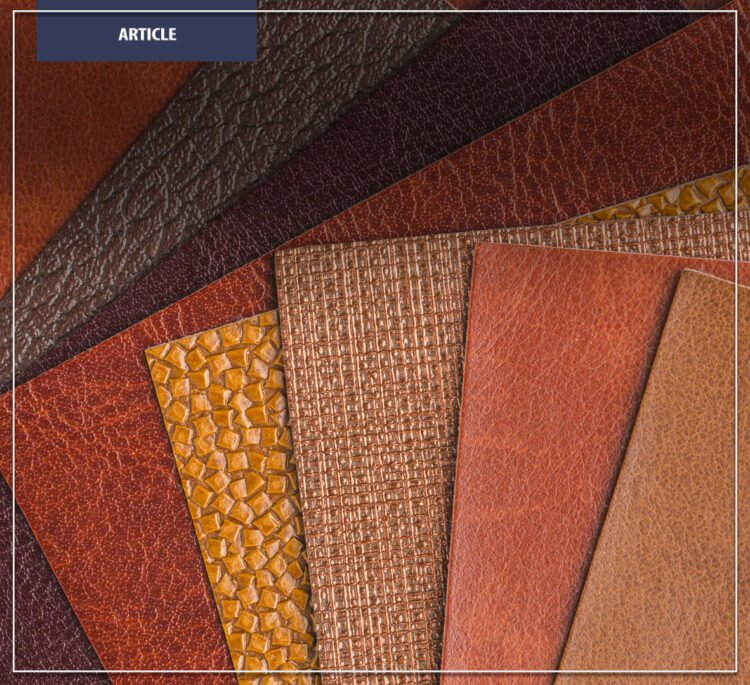In the modern leather industry, polyurethane (PU) binders have become an essential component of finishing formulations. Their versatility, film-forming properties, and ability to deliver both beauty and performance make them the backbone of today’s finishing systems. However, not all polyurethane binders are the same. They are primarily classified into two distinct categories: thermoplastic and thermoset polyurethane binders.
Understanding the fundamental differences between these two types is crucial for selecting the right material for specific leather applications.
1. The Chemical Nature of PU Binders
Polyurethane is a polymer formed by the reaction between polyols and isocyanates. The type and structure of these raw materials determine whether the resulting binder behaves as a thermoplastic or a thermoset polymer. Thermoplastic PU (TPU) has a linear molecular structure. It softens when heated and hardens upon cooling — a process that can be repeated without significant degradation. Thermoset PU, on the other hand, undergoes chemical crosslinking during curing. Once set, it becomes permanent,
three-dimensional network that cannot be softened or reshaped by heat.
2. Physical and Performance Characteristics
Thermoplastic PU binders produce soft, elastic, and flexible films. They are ideal for finishes requiring high stretchability, such as garment leather or upholstery leather. Their reversibility with heat also allows for rework or repair during processing. Thermoset PU binders, however, provide strong, hard, and chemically resistant coatings. Once cured, these films exhibit exceptional durability, adhesion, and resistance to solvents, heat, and abrasion. They are widely used in applications demanding toughness and longevity, such as automotive and shoe upper leathers.

1. Practical Applications in Leather Finishing
Thermoplastic PU binders are typically used where a soft touch, elasticity, and flexibility are desired — such as in garment leathers or high-gloss fashion finishes. They allow for smoother feel and better drapes, making them ideal for luxury articles. Thermoset PU binders find their place where durability, resistance, and adhesion are priorities. These are essential in topcoats designed to withstand mechanical stress, perspiration, or chemical exposure. Automotive and shoe leathers often rely on these binders to ensure long-term performance under demanding conditions.
2. Hybrid PU Systems – The Best of Both Worlds
Modern leather finishing often combines both thermoplastic and thermoset binders to achieve a balance between flexibility and durability. These hybrid systems integrate the soft, flexible nature of thermoplastics with the toughness and resistance of thermosets. The result is a finish that offers an excellent feel, strong adhesion, and superior resistance to wear — perfectly suited to today’s diverse leather market.
Conclusion
The distinction between thermoplastic and thermoset polyurethane binders goes far beyond chemistry — it defines their role in modern leather finishing. Thermoplastic PU binders bring softness and rework ability, while thermoset PU binders ensure strength, durability, and resistance. For the leather technologist, the ideal choice often lies in understanding the required performance and combining both systems intelligently to achieve the desired balance of flexibility, adhesion, and endurance. In a rapidly evolving leather industry, mastering the right selection and blending of PU binders remains the key to producing finishes that meet the ever-growing expectations of fashion and functionality alike.
Prepared by: Ghazi ur Rahman Bhatti









